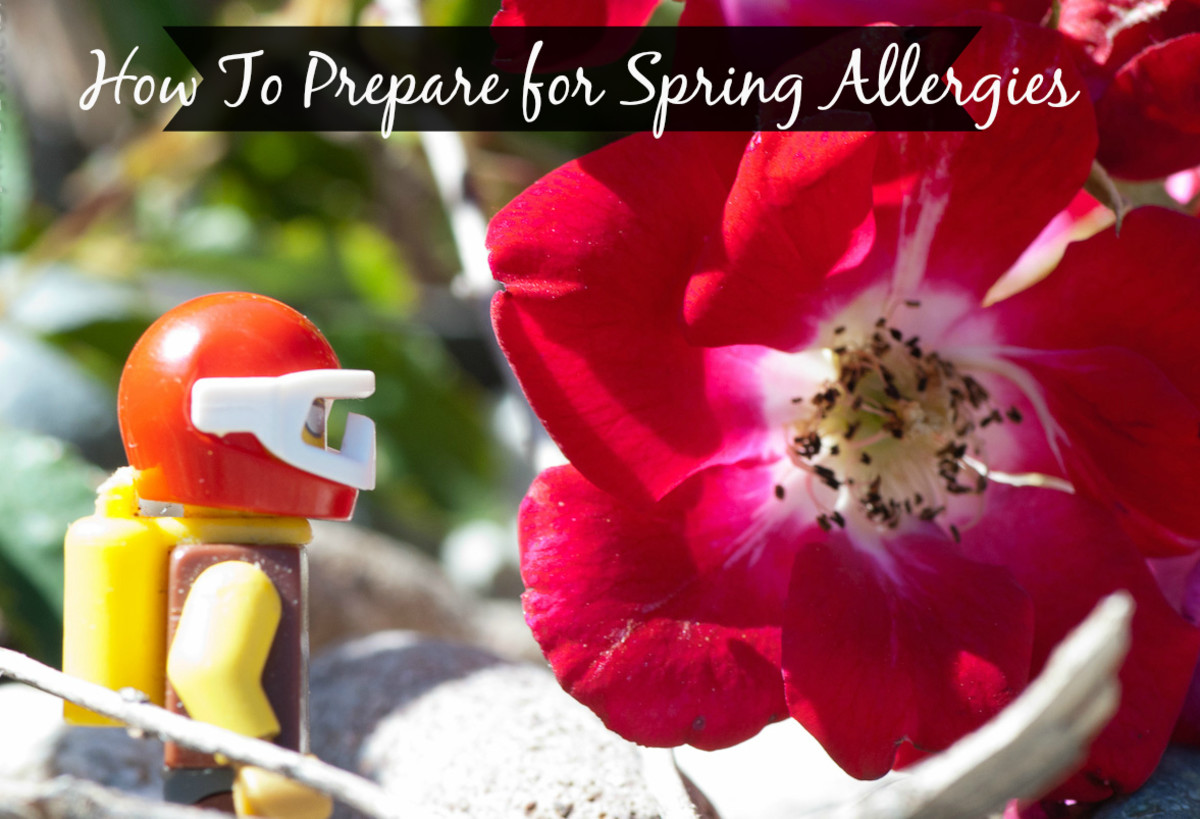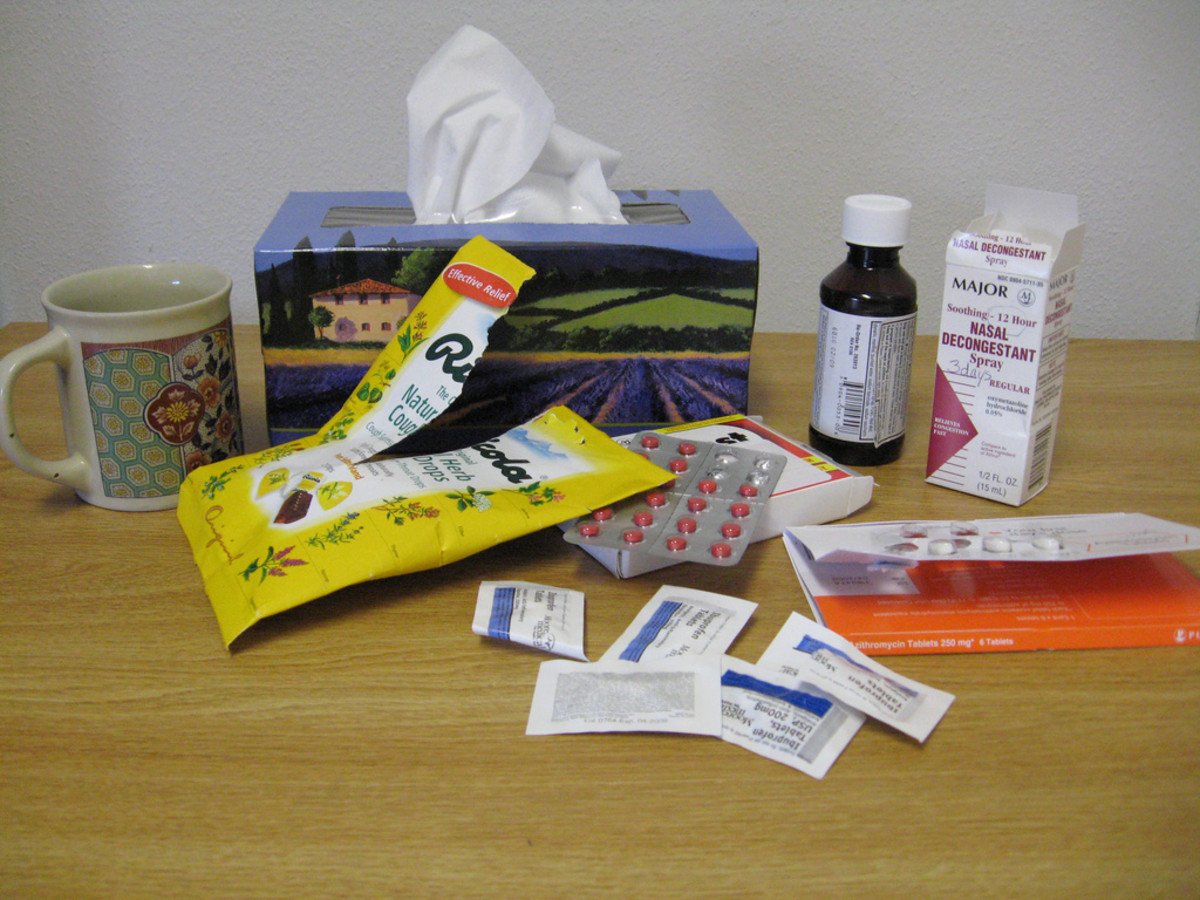Seasonal Allergies Caused by Pollens and other irritants
Seasonal allergies

Pathophysiology of Pollinosis
Or better known as: Seasonal Allergic Rhinitis due to pollens.
A brief look at seasonal allergies caused by pollens and other irritants.
Allergy Seasons
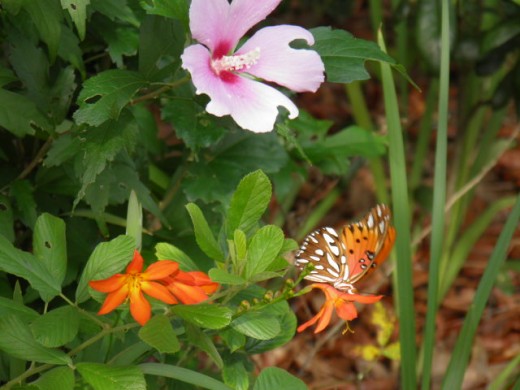
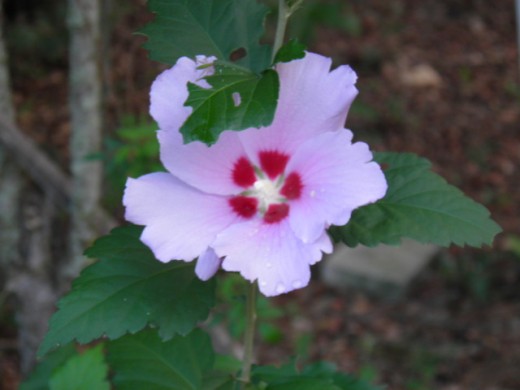
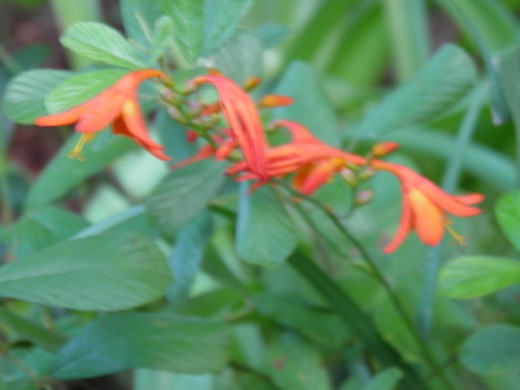
Major Events
in the development of allergic disease (dis-ease) are divided into: Antecedent events (a precipitating condition or cause) and Action events that show the interrelation of this 'dis-ease' and the body's responses to it (cause and effect).
Pollinosis is associated with an abnormal defense mechanism - that of the body's defenses against a foreign protein entering the body (through bacteria, blood transfusions, gastrointestinal absorption of proteins or simply by inhaling them).
Allergies are characterized by a markedly cellular response to a trivial challenge, and represent an exaggerated reaction by the immune system. The protein structure of the body is unique to the organism it is exposed to, and is a product of genetic inheritance.
This invasion by a foreign protein (known as an antigen ) provokes the protein known as an antibody, which is able to combine with the antigen and render it incapable of injuring cells.
These antibodies may circulate in the blood stream, or be fixed in the tissues. This ability of the body to provide antibodies as a long term protective process is easily invoked in reaction to the exposure to a foreign protein. In other words, once the body produces these antibodies they remain in the bloodstream and/or tissue for long periods of time.
The usage of vaccines against common infectious diseases by a deliberate injection of foreign proteins is designed to stimulate antibody formations. (Example: after the injection against tetanus, mumps, or measles, the effective levels of antibodies may be available for many years. They are easily and readily increased by a so called booster dose , as in the case of tetanus boosters which are recommended every 10 years).
In seasonal allergic rhinitis (inflammation of the mucous membrane of the nasal passages), antibodies coating the mucosa of the nose and conjunctiva (the inner part of the eye lids) and specific to a given pollen (antigen) combines with the pollen. As a result cell injury occurs, causing copious (large amounts) secretions, edema (tissue swelling) of the mucosa, sneezing and local itching. When the offending pollen is blown away, or flushed out of the nasal passages with a nasal spray, the allergic condition ceases.
The cause of this cell stimulation is due to the release of histamine (a chemical compound of mammalian tissues that causes dilation of capillaries, contraction of smooth muscles, and stimulation of gastric acid secretion that is released during allergic reactions causing the decarboxylation of histidine). Or more simply put - this histamine is just an irritant to mucous membranes.
About allergies
- MedicineNet - Health and Medical Information Produced by Doctors
Read doctor-produced health and medical information written for you to make informed decisions about your health concerns.
Summary of the Anatomy of Pollinosis
Antecedents:
- Inherited tendency to abnormal immune response
- Entry of an antigen protein substance (pollen)
- Formation of circulating protein antibodies by immune cells (probably lymphocytes) that not only immunize, but sensitize .
- Attachment of "skin sensitizing" antibodies to nasal mucosa.
Action:
- Pollen released into the air ---> contact with sensitized mucosa--->antigen antibody reaction with cell injury.
- Release of histamine.
- Sympathetic nervous system activity diminishes these responses:
- 1. capillary dilatation (congestion)
- 2. tissue fluid transudation (nasal discharge, sneezing).
- 3. stimulation of mucous production.
- 4. stimulation of naked nerve endings (itching).
Relief may be obtained by:
- hypo-sensitization by repeated infections of the offending pollens in low concentrations.
- administering an anti-histamine (a substance that protects cells against the effects of histamine). (allergy pills or nasal sprays)
- removal of the offending pollen (such as the use of an air conditioner in the home).
- suppression of the immune response by means of corticosteroids.
- BLOOD PRESSURE - Make Sure it is Accurately Taken Before Starting Medications.
MAKE SURE YOUR BLOOD PRESSURE IS ACCURATELY TAKEN BEFORE STARTING ON MEDICATIONS. Information you MUST have before starting on medications for hypertension, or more commonly known as high blood pressure. ... - Are Your Medications Safe For You?
Medications. Are They Safe? Are They Necessary? Are They a Rip-Off? A Retired Nurse Speaks Out.
© 2011 d.william


